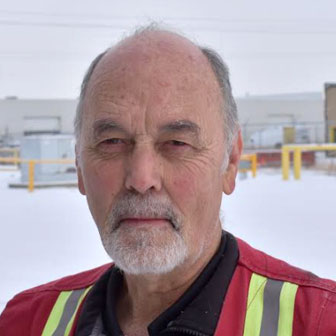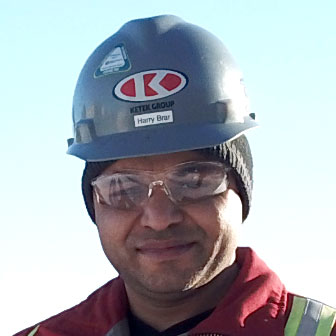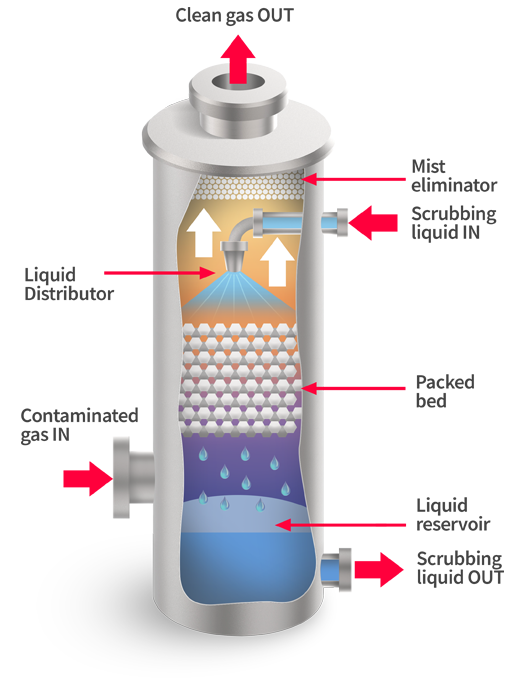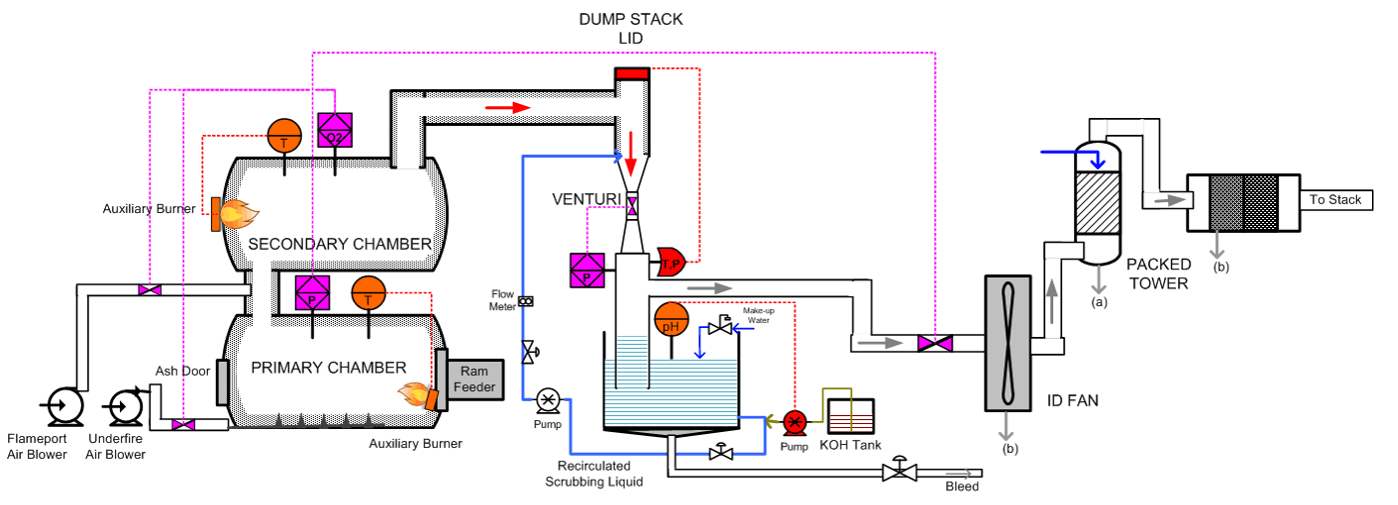
Stewart Forbes,
Ketek Group

Harjot Brar
Client Manager, Ketek Group
The two primary methods of dealing with stack emissions are wet scrubbing and dry scrubbing
When it comes to dealing with stack emission control from incineration, there are two main technologies that are deployed, depending on the waste, environmental regulations and location of the units: wet scrubbing and dry scrubbing. This article provides an overview of the technologies and helps to understand the differences.
What is Wet Scrubbing?
Wet scrubbing is an effective air pollution process for removing particles and gases from exhaust streams. A wet scrubber operates by introducing the contaminated flue gas stream with a scrubbing liquid – typically water. Particulates and gases are collected in the scrubbing liquid and the flue gas is emitted to the atmosphere free of contaminants. The sludge/slurry is then disposed of in an appropriate manner.

What is Dry Scrubbing?
Dry scrubbers are the most commonly used today. They use a collection of dry substances (reagents) to remove acid gases, dioxins and furans as well as various filter materials. The system sprays a collection of dry reagents into the exhaust stream that react differently depending on which material they are targeting for removal. Some of these materials neutralize harmful pollutants in the stream through a chemical reaction, while others cause a material to react and turn into a different substance.
That substance then falls out of the gas stream or is caught in a particle screen. This leaves us with a “fly ash” to deal with but it is a solid, inert substance.
With that in mind, what are the differences between wet and dry scrubbers when environmental aspects of the systems are considered for waste incinerators?
- Both dry and wet scrubbers perform well for most standard pollutants: Acid gases, particulates, dioxin and furans;
- For efficient environmental performance the design depends on the flue gas constituents from the incineration of the wastes. What is being incinerated makes a major difference to the air pollution control equipment required;
- Dry scrubbers use filter bags to capture, collect and catalyze contaminants in the flue gas and drop them out in what is commonly called “fly ash”;
- The performance of dry scrubbers benefits from advanced baghouse capabilities to capture particulates and catalyze reactions for destruction of toxins;
- Wet scrubbers typically use water to capture, collect and convert contaminants in the flue gas into a wet slurry or sludge;
- The disposal of waste sludges and liquids from wet scrubbers can create complicated environmental considerations and be a major contribution to operating costs; and
- Humid exhaust plume from wet scrubbers is a source of potential chemical pollutants being carried in the plume to deposit a distance from the unit. There is no humid plume from dry scrubbers, where its emissions are controlled by reactant temperatures prior to exhausting from the stack.
- Capital cost for a dry scrubber will typically be twice the cost of wet scrubbers;
- The dry scrubber’s advantage is minimal contaminated residues for disposal;
- The lifespan of the baghouse filters in a dry scrubber is typically eight years; and
- The wet scrubber disadvantage is the high operating and maintenance, typically a factor of 20 times higher from the disposal of wet effluents and corrosion.
Whole System

Advantages and Disadvantages
- The fabric selection for the filter and design of the baghouse effectively controls capture of particulates and catalyze reactions for the destruction of residual toxins with acid gases collected at relatively high efficiencies;
- The minimal dry waste products from the dry scrubber offers environmental advantages for fully remediating disposal of the waste ash;
- Low operating and maintenance costs; and
- Relatively low cost of physical disposal of particulates and ash.
- High upfront capital costs; and
- Not able to remove all types of contaminants from the gas effluent but higher operating temperatures reduce quantities of wastes.
- Gas streams with explosive or flammable materials can readily be handled with a wet scrubber; and
- Capital costs are relatively low.
- Operating and maintenance costs are relatively high (Higher horsepower and pressure-drop requirements) with reduced operating reliability (solids build-up);
- High costs for disposal of the collected wet sludge and contaminated water;
- Risk of freezing affecting operating reliability (for Canadian weather); and
- The exit gas has a low temperature thus the exhaust plume dispersion is reduced.
Environmental Pros And Cons of Wet or Dry Scrubber Systems
When considering the environmental pros and cons of wet or dry scrubber systems for your future upgrade, dry scrubbers tend to offer the best practical, environmental and financial solutions for your incinerator’s waste stream, but wet scrubbing has its place when it comes to dealing with flue gas effluent contaminants.
